“Let food be thy medicine, and medicine be thy food” – Hippocrates
Cooking with essential oils really does make good scents. The Internet is rife with articles about how essential oils can’t be used internally. And you know what? Most of the time they can’t. Why? Because most essential oils are produced for the perfume industry and these companies are wanting the essential oils for their smell and not the quality or purity. Consequently, they are definitely not food grade, nor labelled as such. However, essential oils have been used in cooking for years. It’s just that they have been labelled as food essences. Even Heston Blumenthal uses essential oils in his cooking.
Good food… I love it! And I love cooking it. Good food is good for your body, good for your soul, good for your brain and good for your family. And good food brings people together – there’s nothing better than sharing a meal with 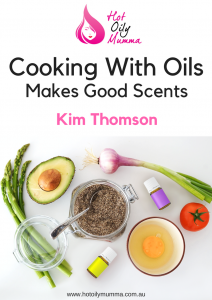 friends around a table. That time is so precious and food is such a big part of it. It’s a gift. And what better way to add flavour and goodness to your culinary creations than through using essential oils?
friends around a table. That time is so precious and food is such a big part of it. It’s a gift. And what better way to add flavour and goodness to your culinary creations than through using essential oils?
And speaking of gifts, if you’d like a copy of my ‘Cooking With Oils Makes good Scents’ cookbook, chock full of awesome recipes click here to grab your FREE copy. It’s my gift to you!
You’ll find one of my recipes down below, but first a quick introduction to using essential oils in cooking…
What are essential oils?
Essential oils are more than just nice scents; these powerful plant extracts are your path to natural radiance and wellbeing. They are volatile liquids sourced from the leaves, fruit, nuts, seeds, roots, bark and flowers of plants. They are so potent that when using them to flavour your foods you only require a few drops. Only food-grade essential oils should be used in cooking as most essential oils sold cannot be safely used in cooking as I discussed earlier.
Warning– Always check the label on the bottle to see if an essential oil can be used in cooking and drinks before doing so, as you don’t want to end up doing more harm than good.
I only use and recommend Young Living Essential Oils as their Culinary range is compliant with Food Standards Australia and New Zealand (FSANZ) labelling requirements for adding to food and beverages.
Why use essential oils in cooking?
- To enhance the flavour of your
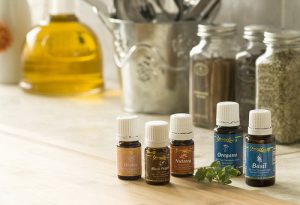 favourite dishes.
favourite dishes. - You can keep them in the cupboard for whenever you need them.
- They are more potent than fresh herbs and you only need to use a small amount.
- Essential oils leave no greasy residue (unlike fatty oils – Olive, Flax, Sunflower) as they don’t contain any glycerol molecules.
- They save you money in the long run, as you are not having to throw out herbs that have wilted and dried out or spices that are too old and past their expiry date.
How to use essential oils in cooking
- Use in moderation. When using the stronger essential oils it is advisable that you start by using a toothpick to swirl the oil through your dish, rather than adding a whole drop. Slowly build up to your desired taste.
- Stronger essential oils include: oregano, thyme, basil, black pepper, clove, lemongrass, ginger, cinnamon, nutmeg, peppermint, spearmint and rosemary.
- You should always add essential oils to a fatty liquid such as cream, butter, olive oil or coconut oil before adding to your dish. This ensures the oil has been distributed evenly throughout the liquid before adding to other ingredients.
- Use glass, metal or ceramic bowls and utensils for mixing, serving and storing food as plastics can be affected by essential oils.
- Add essential oils in the last stage of the recipe where possible to ensure maximum flavour and to eliminate messing with the molecules that nature has so perfectly created.
- Don’t use a microwave as this affects the potency, not to mention the nutritional value, of any food.
- High temperatures affect essential oils and the flash point of most essential oils is between 43℃degrees (for example, Melissa) and 60℃(Ginger), so they will burn off, leaving very little flavour if the temperature is too hot.
- Drop essential oils onto a spoon rather than directly into the dish to avoid dropping in too many drops. Every essential oil has a different viscosity, so some drops are thicker and may be harder to get out of the bottle than others.
Safety
- Some essential oils, such as fennel, tarragon, cinnamon, clove, basil and nutmeg can be toxic if taken internally in large doses, so caution should be exercised. For example, nutmeg essential oil contains myristicin and elemicin which arepsychotropics.
Don’t panic! The Lethal Dose (LD50) for nutmeg is 100mls (20 full bottles) and I’m sure no one would use this much in their dish. In small doses these oils are designated GRAS (generally regarded as safe) by the Food and Drug Administration in the USA. In fact, nutmeg oil, because it is distilled, is considered less toxic than the spice as many of the toxic components are evaporated off in the distillation process. - Some essential oils, such as lemongrass and cinnamon can irritate mucous membranes and as such should be used with caution and care should be taken to ensure these oils are evenly distributed throughout a dish.
Pumpkin, Nutmeg and Cardamom Soup
Ingredients
1 large onion peeled & quartered
 3 cloves of garlic
3 cloves of garlic
1 tbs coconut oil
500g pumpkin
500g sweet potato
1 carrot, roughly chopped
500g chicken stock
pinch of rapadura sugar
3 tbs cream
2 drops Young Living Nutmeg essential oil
2 drops Young Living Cardamom essential oil
Parsley chopped
Method
- Chop up onion and garlic.
- Sauté the onion and garlic in a tbs of coconut oil in a large saucepan.
- Dice pumpkin, sweet potato and carrot.
- Add the chicken stock and pinch of sugar to the onion and garlic and bring to the boil.
- Add the pumpkin, sweet potato and carrot and simmer for 20 minutes.
- Once the vegetables are soft, remove from the heat.
- If you like your soup smooth and creamy, you can put it in a food processor and carefully process until it is the desired consistency.
- Add chopped parsley, cream, Nutmeg essential oil and Cardamom essential oil. Stir or process in the food processor until well combined.


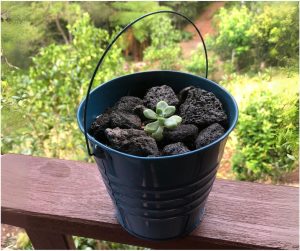
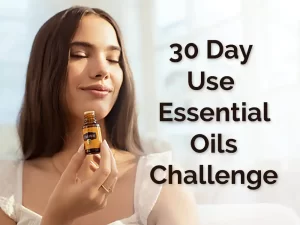

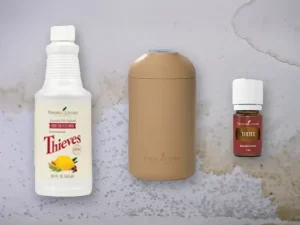

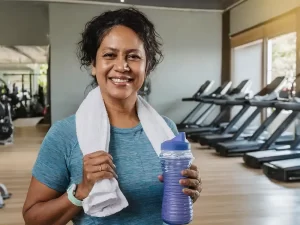


 Subscribe to Hot Oily Mumma
Subscribe to Hot Oily Mumma